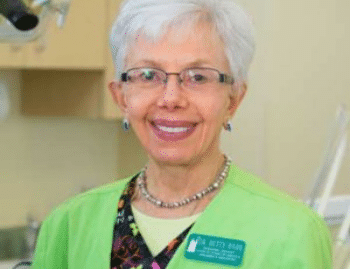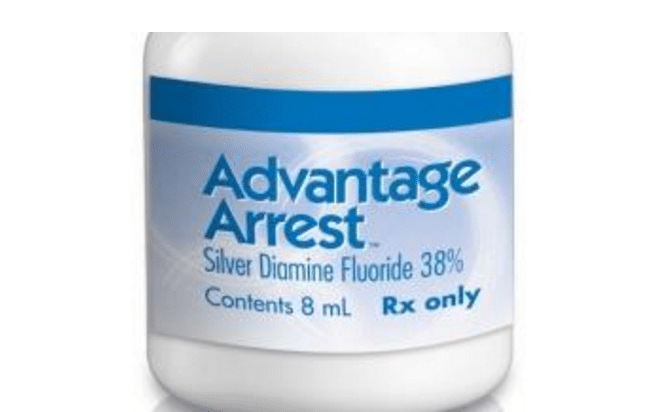Teeth–what you need to know
We thought it might be helpful to give you all a basic dental rundown of what you can expect from ages 2 to 12. Here we go!

Around six months is when you should first notice a baby tooth coming through and it is usually on the bottom in the front. The ADA, or American Dental Association, and AAPD recommend that you have your child seen shortly after the eruption of their first tooth. When your baby is born they actually already have 20 teeth that need to come through. That’s a lot of teething to look forward to. According to the ADA, you should wipe your child’s mouth out with a wet wash cloth until teeth appear and then you should begin brushing their teeth with fluoridated tooth paste. Around the age of 3, hand off the toothbrush to your child and allow them to brush with your help. By this time, your child’s 20 teeth should have popped on through and you can say goodbye to teething.
Speaking of teething, here are a few of their suggestions to combat teething pain:
- Freeze one end of a wet wash cloth and allow your child to gnaw on it for relief. Don’t wet the whole wash cloth so that your kiddo has something to hang on to.
- Give them pain relief medication such as acetaminophen or ibuprofen in the recommended dose.
- Distract them! Sometimes there is nothing more you can do than take their mind off of the pain. Play, go for a walk or head to a museum.
- One last thing, is applying pressure to the area to provide relief.
We are not big fans of drugstore medicine to help with teething pain. According to the ADA these medicines should not be used in children under the age of two, and the FDA has recommended not using homeopathic teething aids as of September 2016.
Around the age of 6, your child will get their 6-year-molars, which come in behind their baby molars. These molars are adult and it is important to protect them due to the fact that they will have them for so long. Sealing the teeth to prevent teeth decay, is a simple process that can be done at the dentist’s office during a regularly scheduled visit.
Around the same time that the 6-year-molars come in, your child will begin to lose their teeth. Often times they are lost in the same order they came in. Your child’s mouth will be a mess of baby and adult teeth until around the age of 12, when you can expect your child to have all 28 teeth. And then, many of you will be looking forward to the idea of braces!
As always, please call us with any questions or concerns you may have along the way.







